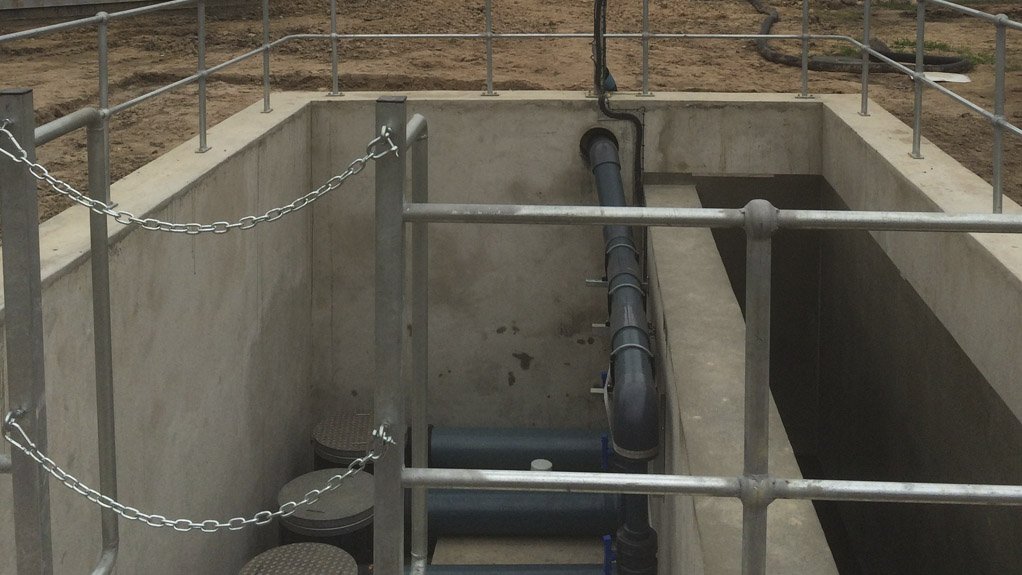A 500 000 ℓ rainwater harvesting system was handed over to global healthcare company BSN Medical’s Pinetown factory, in KwaZulu-Natal, in January, helping the company to reduce its environmental impact and operational costs as part of its global green initiative.
Local rainwater harvesting specialist use-rainwater.com, a division of Tizagenix, was selected to design and install the system at BSN’s facility, with project construction starting in June last year and concluding in December.
Tizagenix handed over the system in January, following a three-month monitoring period during which the system recovered and supplied 1.63 Mℓ of process water to the BSN factory.
Tizagenix MD Manna Hoogenboezem explains that rain and stormwater are recovered from the factory’s roofs and paving, which cover an area of 16 000 m2, and drained into a 500 mm storm-water pipe system that extends 3.5 m below ground level, where the water is filtered and transferred to the rainwater storage tank aboveground. The water is then treated further and used as process water for boilers, cooling towers and other nonpotable process water applications.
He explains that the water from the factory’s roof flows through the underground stormwater pipe system to a bank of primary rainwater filters, which separate the rainwater from debris. The filtered water is then transferred to a holding tank, from where it is pumped to the main storage tank.
Rainwater from the underground stormwater pipe enters an open channel, which distributes water to a bank of Wisy WFF300 primary rainwater filters. The open channel allows for monitoring of flow behaviour and control of water flow to individual filters. “Excess rainwater from the filters is discharged back into the main stormwater line,” Hoogenboezem states.
The filtered water from the Wisy WFF300 filters flows into a water sump below the filters, where calming inlets are used to reduce turbulence in the clean-water sump, which has three submersible pumps that pump the filtered rainwater to the main aboveground storage tank.
A control system, using a variable-speed drive, is used to manage the water level in the sump, automatically stopping and starting the pumps when needed or deactivating the system when the storage tanks have reached full capacity.
Water tank manufacturer SBS Tanks supplied the 500 000 ℓ main storage tank, which was manufactured with an inner liner. The filtered water from the sump tank is pumped into the tank through a 200 mm pipe connected to an internal water diffuser, which further limits water turbulence and disturbances to the sediment layer on the bottom of the tank.
“Clean fresh water in the storage tank is drawn from a flexible floating suction pipe containing a filter 500 mm below the level of the water to a set of booster pumps that supply the water to the factory through a forced filtration process,” Hoogenboezem says.
This process consists of a primary sand filter, secondary disc filter and final polishing bag filter. The booster pumps use variable-speed drives to operate according to pressure-demand requirements while supplying water to the boiler house and cooling towers.
Edited by: Martin Zhuwakinyu
Creamer Media Senior Deputy Editor
EMAIL THIS ARTICLE SAVE THIS ARTICLE
ARTICLE ENQUIRY
To subscribe email subscriptions@creamermedia.co.za or click here
To advertise email advertising@creamermedia.co.za or click here













